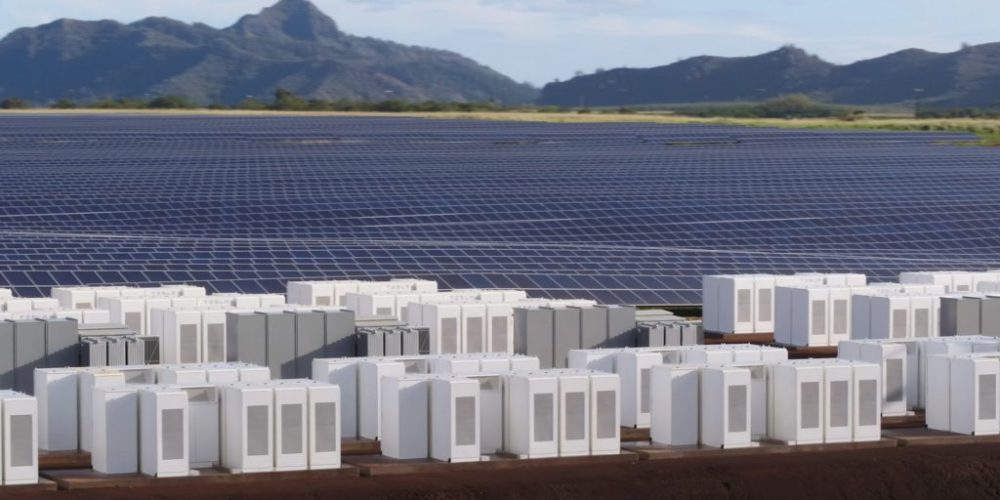State-level efforts are crucial for India to make rapid strides in the uptake of utility-scale battery storage and ensure smooth integration of variable renewable energy into the power grid. Specifically, States with large load centres, such as Maharashtra, Delhi NCR, Karnataka, Gujarat, and Rajasthan, must lead the way now by making their plans for utility-scale battery storage systems, according to a new report by the Institute for Energy Economics and Financial Analysis (Ieefa).
The government-owned agency Solar Energy Corporation of India (SECI) has led the way by coming up with multiple renewable energy plus battery storage auctions that mandate round-the-clock RE power supply. However, the report said, SECI’s efforts alone will not suffice to build the required battery storage capacity for the Indian grid to handle the large injection of variable renewables.
In Ieefa’s view, a time-of-day pricing mechanism that differentiates between peak and off-peak power supply is critical to incentivize investment into such capital-intensive assets. Additionally, the states could offer viability gap funding (VGF) for battery storage just as they did to support the growth of ultra-mega solar parks a few years ago.
Scale
Grid integration of large-scale variable renewables will be one of India’s biggest challenges as it targets the deployment of 450 GW of renewable energy (RE) by 2030 as part of efforts to decarbonize the economy. Reaching this target from the current installed renewable capacity of 93 GW will require average annual renewable capacity additions of 35GW.
India could further double its renewables capacity to 900 GW by 2040, according to the International Energy Agency’s (IEA) India Energy Outlook 2021.
Currently, renewables form 10% of India’s total power generation, which will increase to 31% by 2030 with 450 GW coming online.
The report said as the share of variable renewable generation increases, India’s power system will have to evolve and modernize to respond to grid stability challenges. There is a need for an accelerated deployment of utility-scale battery storage to store power when available in abundance and provide firm power later, during the evening peak hours or at other times when generation is low, but demand is high.
IEA projects that India could have 140-200 GW of battery storage capacity by 2040 — potentially a third of total battery storage capacity in the world by then.
Learning from leaders
Success stories from Germany, Australia, and the USA show the way for India to integrate large-scale variable renewables in its power grid; Germany has 46% of its electricity coming from RE, South Australia 60% and California 36%.
Ieefa stated global power markets such as Australia, the U.S. and U.K. have leveraged the cost deflation in battery storage to strengthen their grids with the increasing penetration of ultra-cheap renewables. Grid-scale batteries have proven to be an important grid management tool to deal with frequency fluctuations on the grid.
The cost of standalone lithium-ion battery storage systems globally has plummeted from US$1,100/kWh in 2010 to US$137/kWh in 2020. According to Bloomberg NEF (BNEF), costs will decline a further 55% to US$58/kWh by 2030.
The report also highlighted the nation-specific drivers. “Australia’s battery storage market is booming with the development of utility-scale standalone battery storage projects across its National Energy Market (NEM). Increased penetration of renewables into Australia’s grid has driven the Frequency Control Ancillary Services (FCAS) demand — an important grid management service. Energy utilities operating in the NEM are accelerating standalone battery storage deployment as FCAS requirements surge on the national grid,” it said.
In contrast to the Australian market, which is predominantly driven by market economics, the accelerated uptake of batteries in the U.S. market is being driven by state-level enforcement of battery storage requirements as well as subsidy support through tax credit incentives, the report added.
The states of California, Oregon, Massachusetts, New York, New Jersey, and Virginia have defined capacity targets for the state utilities for battery storage.
This content is protected by copyright and may not be reused. If you want to cooperate with us and would like to reuse some of our content, please contact: editors@pv-magazine.com.









5 comments
By submitting this form you agree to pv magazine using your data for the purposes of publishing your comment.
Your personal data will only be disclosed or otherwise transmitted to third parties for the purposes of spam filtering or if this is necessary for technical maintenance of the website. Any other transfer to third parties will not take place unless this is justified on the basis of applicable data protection regulations or if pv magazine is legally obliged to do so.
You may revoke this consent at any time with effect for the future, in which case your personal data will be deleted immediately. Otherwise, your data will be deleted if pv magazine has processed your request or the purpose of data storage is fulfilled.
Further information on data privacy can be found in our Data Protection Policy.